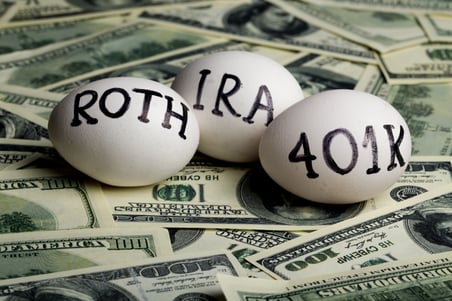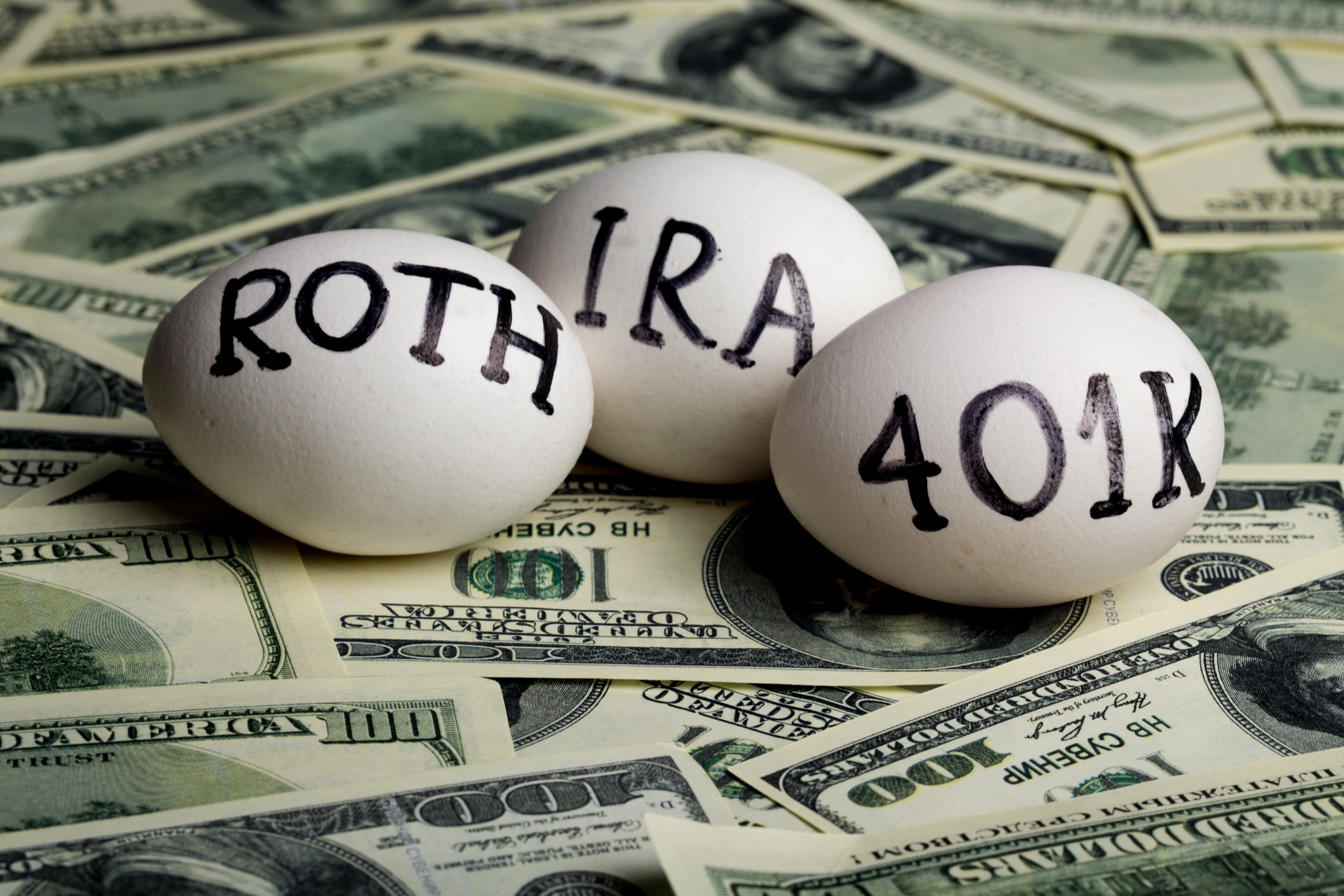 If your current or former employer offers a qualified retirement plan, such as a Profit Sharing, 401(k), 403(b), SIMPLE IRA or SEP, you can take your vested balance with you when you leave by “rolling over” the balance from your plan account to an IRA rollover account. If your rollover meets IRS requirements, the transaction will not be a taxable event and your money will continue to grow tax-deferred. Generally, rollovers must be made within 60 days of the money being distributed (unless it is a Direct or Trustee to Trustee rollover) in order to meet IRS requirements, although there are certain limited exceptions when the IRS may waive that requirement.
If your current or former employer offers a qualified retirement plan, such as a Profit Sharing, 401(k), 403(b), SIMPLE IRA or SEP, you can take your vested balance with you when you leave by “rolling over” the balance from your plan account to an IRA rollover account. If your rollover meets IRS requirements, the transaction will not be a taxable event and your money will continue to grow tax-deferred. Generally, rollovers must be made within 60 days of the money being distributed (unless it is a Direct or Trustee to Trustee rollover) in order to meet IRS requirements, although there are certain limited exceptions when the IRS may waive that requirement.
Understanding Retirement Plan Rollovers
Here is a brief look at three different types of rollovers, the steps you must take, and IRS requirements for each:
- Direct Rollovers. One of the easiest ways to ensure your rollover complies with IRS guidelines on timing is to direct your retirement plan administrator to roll over the funds to your new employer’s retirement plan or to an IRA rollover account you established at a financial institution. When you choose this option, the entire vested account balance will be rolled over without tax withholding.
- Trustee-to-Trustee Rollovers. If your distribution is coming from an IRA account, you can also direct your broker, advisor, bank, or other financial institution to transfer the funds directly to your new employer’s retirement plan or to a different IRA account. As with a direct rollover, there is no tax withholding for a trustee-to-trustee rollover.
- 60-Day Rollovers. Finally, the third type of rollover occurs when you receive a check for your vested account balance, minus tax withholding, from your retirement plan administrator. Any amount (including withholdings) of your pre-tax distribution can be deposited into an IRA rollover account within 60 days from the date you receive the distribution check.
Limitations
The IRA rollover rules can help you make smart decisions about saving for retirement, but it is important to understand the limitations that come with rollovers.
You can only roll over funds from one IRA to another IRA once within a 12-month period. If you make a second rollover in the same 12-month period, your distribution may be subject to a 10% early withdrawal penalty in addition to ordinary income taxes. There are some limited exceptions to this general rule, including trustee-to-trustee rollovers and Roth conversion rollovers.
Frequently-Asked Questions
Q: It has been more than 60 days since I received my retirement plan distribution check. Can I still roll over the funds to an IRA?
A: The IRS provides exceptions to the 60-day rollover requirement under certain circumstances, as explained more fully here.
Q: Can I roll over required minimum distributions?
A: No, certain transactions are not eligible to be rolled over. Those include required minimum distributions, loans treated as distributions, hardship distributions, distributions representing excess contributions, and certain other types of distributions.
Q: How can I roll over my full account balance when my retirement plan administrator withheld taxes?
A: If you received a distribution directly from your account and want to take advantage of the 60-day rollover provision for the full pre-tax account balance, you will need to add the amount of tax withholding.
Q: What kind of an account can I roll my retirement plan distribution into?
A: The IRS provides a helpful Rollover Chart that explains your options, depending on the type of retirement plan account your funds are currently in.
Consult Tax and Financial Professionals Before Making Rollover Decisions
Because of the complexities and nuances that can come with IRA rollovers, it is a good idea to consult with your tax professional and a trusted financial professional if you are considering rolling over a retirement account distribution. The IRS also provides additional information and resources that can help you make informed decisions about your money.











